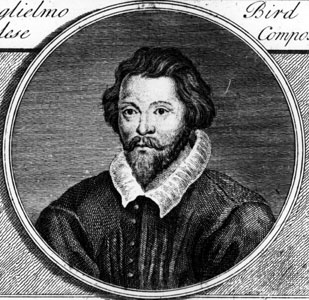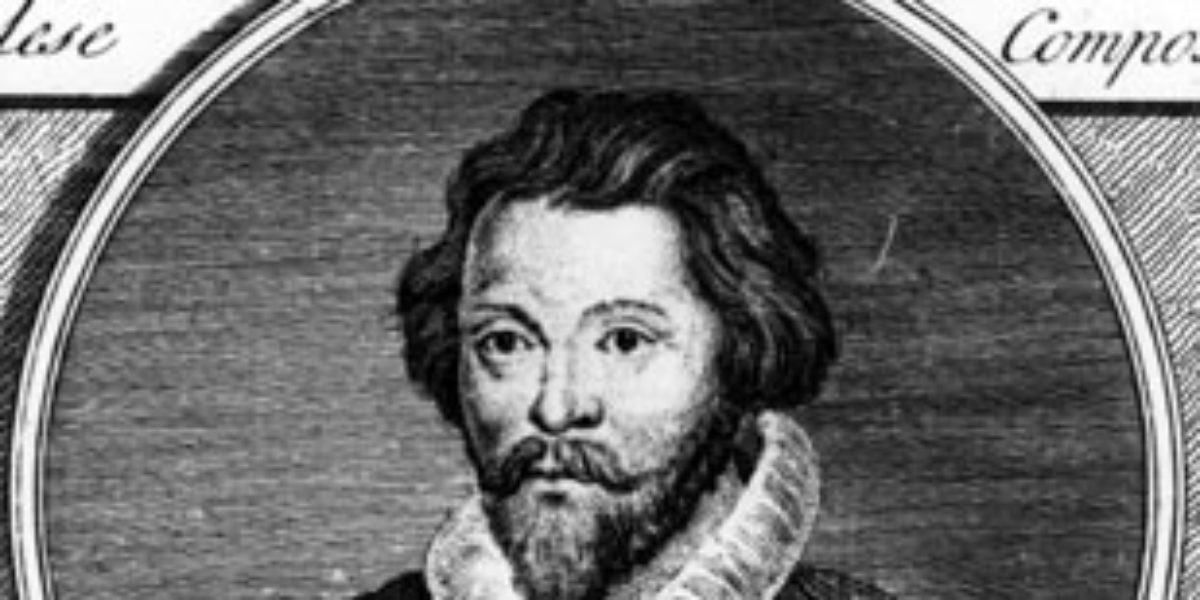| Whenever I listen to Renaissance choral repertoire – which is often – I’m certain that this is a unique pinnacle of Western music. I feel a particular attraction to two English composers of the period: Thomas Tallis (1505-1585) and William Byrd (1540-1623), whose music I was privileged to learn from two outstanding scholars at Berkeley – and to sing there in the university’s chamber choir.
Byrd, who was Tallis’s disciple, wrote in every genre – secular songs, keyboard pieces and chamber music, as well as sacred choral polyphony comparable to those of the other supreme Renaissance masters: Palestrina in Italy, Lassus in the Netherlands and Victoria in Spain.
Before we get to the musical selection, a little historical perspective on the significance of Byrd’s marginalized Catholic faith in Protestant England and its bearing on the text and subtext of Ne irascaris, Domine. In 1534 the pope had refused to grant Henry VIII an annulment of his marriage to Catherine of Aragon so he could marry Anne Boleyn. The king retaliated by cutting off England from Rome and demolishing the country’s Catholic institutions. When Henry and Catherine’s Catholic daughter Mary Tudor (remembered as “Bloody Mary”) became queen in 1553, she promptly restored the Roman faith and began persecuting Protestants. Five years later, the religious pendulum swung back again. Mary died and was succeeded by Henry and Anne’s Protestant daughter Elizabeth I, who reinstated the English Church and began making life miserable for the so-called recusant Catholics who remained secretly or openly loyal to the pope.
William Byrd was one of those recusants. What probably saved him from punishment, torture and execution was his status as a composer (!) as well as his shrewdly negotiated diplomatic relationships with high persons at court and Queen Elizabeth herself. You could say he played both sides against the middle, writing church music in English for the official Anglican service while covertly contributing music in Latin to the recusant cause: a series of motets that couldn’t be sung in public but were intended for private use in domestic Catholic settings.
The series was inaugurated in 1575 with a collection of Cantiones Sacrae (Sacred Songs) that Byrd co-authored with Tallis, who was probably also a recusant Catholic though, pragmatically, he kept his religious affiliation under wraps. Byrd followed this publication with two volumes of his own Cantiones Sacrae, in 1589 and 1591. Like many of these five-voice motets, Ne irascaris, Domine, composed in 1581 and included in the 1589 collection, has political implications. Its text from the Book of Isaiah – “Zion has become a wasteland, Jerusalem a desolation” – is a lament on the captive Israelites’ Babylonian exile, but the recusants, reading it for double meanings, would have understood the piece as Byrd’s personal expression of despair over the state of English Catholicism. |




